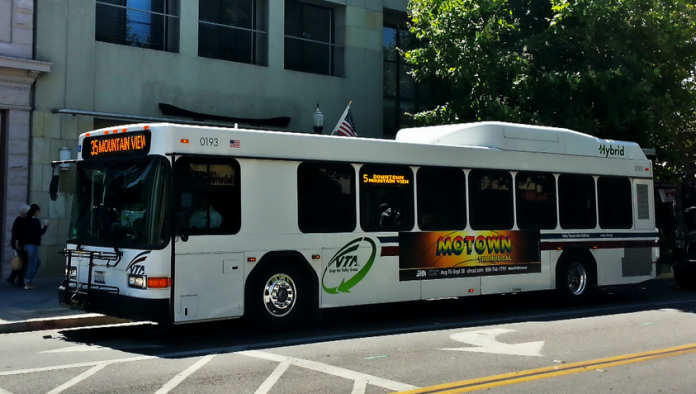Gilroy bus riders will lose three routes in a major Valley Transportation Authority redesign that eliminates bus routes 14, 17 and 19 and replaces them with a longer loop route, 85.
Route 18, which serves Gavilan College will be renamed Route 86 and run more frequently on weekdays. Route 68, which travels between the Gilroy Transit Center and San Jose Diridon station, will decrease in south county and increase north of the Santa Teresa Light Rail Station in San Jose on weekdays.
Gilroy City Councilman Dan Harney and citizen’s representative Connie Rogers said the loss was not as bad as they were expecting and that the residents of Gilroy will still be served.
“They did research that showed only eight people were using those routes,” Harney said. “The plan they came up with is better than what we were expecting.”
Express routes are not affected by these latest changes, but they will be looked at by the agency later this year.
Nearly two years after the VTA started looking at ways to increase the number of people who use public transportation, its 12-member governing board earlier this month approved the major redesign of the county’s bus and light rail lines, the first in a decade.
Called Next Network, the transit overhaul modifies 85 percent of the county’s bus lines and prioritizes high-ridership routes in urban areas versus coverage areas in more rural locations, like Gilroy. The redesign, which adjusts frequency and in some cases route alignments, will take effect when BART commuter rail starts in Santa Clara County, estimated to be later this year.
Details of the route changes can be found at http://nextnetwork.vta.org/route-info
“We started collecting community input 18 months ago,” said VTA media spokesperson Linh Hoang. “We got over 3,000 comments from people who really understand the system and ride the system.”
Initially, VTA staff were directed by the Board of Directors to modify transit services from an existing high ridership to coverage area ratio of 70:30—Gilroy is considered a coverage area— to 85:15.
After the draft network redesign was released in January for public review, staff was authorized to amend the ratio to 87/13. There were 34 changes made between the draft plan and final plan approved by the Board.
“The original intent would have been too drastic and we shifted back in the direction of maintaining service in coverage areas,” said Hoang.
According to analysis by the VTA, the new transit plan should raise bus ridership by eight to 10 percent and light rail ridership by 15 to 20 percent.
Between fiscal years 2015 and 2016, VTA reports that transit ridership fell two percent in the county and was on track to decrease by 11 percent this year. A similar trend is occurring nationwide, according to CityLab. Only two metropolitan areas saw ridership increases last calendar year±Seattle, Washington and Houston, Texas.
One of the caveats the VTA Board of Directors issued with their approval is for VTA to coordinate with cities on alternative mobility options and establish an evaluation framework for ongoing plan refinements.













